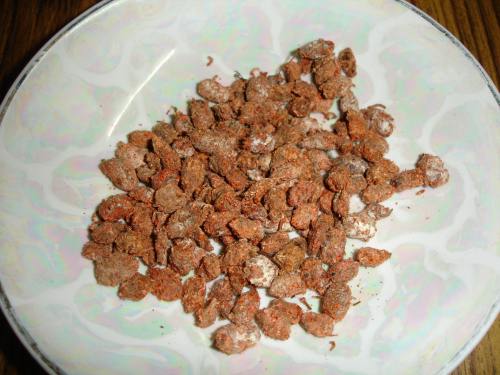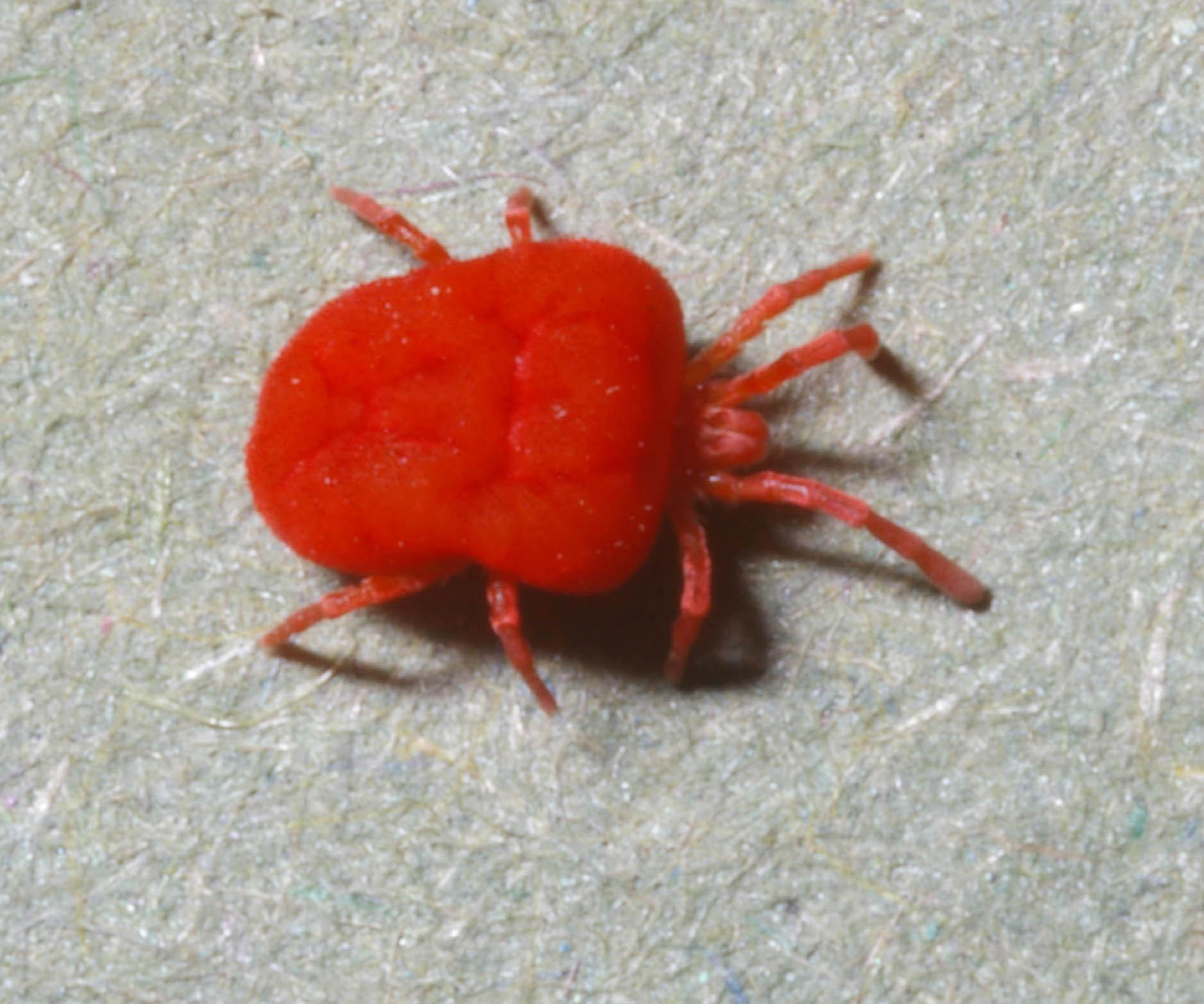|
Trombidium Southcotti
''Trombidium southcotti'' is a species of mite in the genus ''Trombidium'' in the family Trombidiidae. It is found in Iran Iran, officially the Islamic Republic of Iran (IRI) and also known as Persia, is a country in West Asia. It borders Iraq to the west, Turkey, Azerbaijan, and Armenia to the northwest, the Caspian Sea to the north, Turkmenistan to the nort .... Name The species is named in honor of doctor and scientist Ronald Vernon Southcott (1918–1998), who described another species in the same genus, '' T. breei''. References * Synopsis of the described Arachnida of the WorldTrombidiidae Further reading * (1996): Descriptions of the larva, deutonymph and adult of Trombidium southcotti sp. nov.(Acari: Trombidiidae) from Iran. ''Systematic & Applied Acarology'' 1: 157–165. Trombidiidae Endemic fauna of Iran Arachnids of Iran Animals described in 1996 {{Trombidiformes-stub ... [...More Info...] [...Related Items...] OR: [Wikipedia] [Google] [Baidu] |
Mite
Mites are small arachnids (eight-legged arthropods) of two large orders, the Acariformes and the Parasitiformes, which were historically grouped together in the subclass Acari. However, most recent genetic analyses do not recover the two as each other's closest relative within Arachnida, rendering the group invalid as a clade. Most mites are tiny, less than in length, and have a simple, unsegmented body plan. The small size of most species makes them easily overlooked; some species live in water, many live in soil as decomposers, others live on plants, sometimes creating galls, while others are Predation, predators or Parasitism, parasites. This last type includes the commercially destructive ''Varroa'' parasite of honey bees, as well as scabies mites of humans. Most species are harmless to humans, but a few are associated with allergies or may transmit diseases. The scientific discipline devoted to the study of mites is called acarology. Evolution and taxonomy Mites are not ... [...More Info...] [...Related Items...] OR: [Wikipedia] [Google] [Baidu] |
Trombidium
''Trombidium'' is a genus of mite with about 30 described species. Species * '' Trombidium auroraense'' Vercammen-Grandjean, Van Driesche & Gyrisco, 1977 – New York * '' Trombidium breei'' Southcott, 1986 – Europe (host: ''Agapetes galathea'', Lepidoptera) * '' Trombidium brevimanum'' (Berlese, 1910) – Europe * '' Trombidium cancelai'' (Robaux, 1967) – Spain * '' Trombidium carpaticum'' (Feider, 1950) – France, Romania * † '' Trombidium clavipes'' Koch & Berendt, 1854 – Fossil: Oligocene * '' Trombidium dacicum'' (Feider, 1950) – Poland, Romania * '' Trombidium daunium'' (Paoli, 1937) – Italy * '' Trombidium fturum'' Schweizer, 1951 – Spain, Switzerland * '' Trombidium fuornum'' Schweizer, 1951 – Poland, Switzerland, France * '' Trombidium geniculatum'' (Feider, 1955) – Spain, Romania, Poland, Norway * '' Trombidium grandissimum'' (Koch, 1867) - India * '' Trombidium heterotrichum'' (Berlese, 1910) – Europe * '' Trombidium holosericeum'' (Linnaeus, 17 ... [...More Info...] [...Related Items...] OR: [Wikipedia] [Google] [Baidu] |
Trombidiidae
Trombidiidae, also known as red velvet mites, true velvet mites, or rain bugs, are small arachnids (eight-legged arthropods) found in plant litter and are known for their bright red color. While adults are typically no more than in length, some species can grow larger and the largest, including the African ''Dinothrombium tinctorum'' and Indian ''Trombidium grandissimum'', may exceed . This also makes them the largest mites, if disregarding ticks engorged after feeding; unlike those, ''D. tinctorum'' and ''T. grandissimum'' are harmless to humans. Their life pattern is in stages similar to other members of the Prostigmata: egg, pre-larva, larva, protonymph, deutonymph, tritonymph and adult (male or female). They usually have only one breeding cycle per year.Zhang, Zhi-Qiang (1998) Biology and ecology of trombidiid mites (Acari: Trombidioidea) Experimental & Applied Acarology 22:139–15PDF/ref> They are active predators as grown adults. As larvae they are often parasites of ... [...More Info...] [...Related Items...] OR: [Wikipedia] [Google] [Baidu] |
Iran
Iran, officially the Islamic Republic of Iran (IRI) and also known as Persia, is a country in West Asia. It borders Iraq to the west, Turkey, Azerbaijan, and Armenia to the northwest, the Caspian Sea to the north, Turkmenistan to the northeast, Afghanistan to the east, Pakistan to the southeast, and the Gulf of Oman and the Persian Gulf to the south. With a Ethnicities in Iran, multi-ethnic population of over 92 million in an area of , Iran ranks 17th globally in both List of countries and dependencies by area, geographic size and List of countries and dependencies by population, population. It is the List of Asian countries by area, sixth-largest country entirely in Asia and one of the world's List of mountains in Iran, most mountainous countries. Officially an Islamic republic, Iran is divided into Regions of Iran, five regions with Provinces of Iran, 31 provinces. Tehran is the nation's Capital city, capital, List of cities in Iran by province, largest city and financial ... [...More Info...] [...Related Items...] OR: [Wikipedia] [Google] [Baidu] |
Ronald Vernon Southcott
Ronald Vernon Southcott (15 May 1918 in Adelaide – 9 April 1998) was an Australian medical zoologist specializing in Acari, mites and ticks. Biography After finishing school at St Peter's College, Adelaide St Peter's College (officially The Anglican Church of Australia Collegiate School of Saint Peter, but commonly known as Saints) is an Private school, independent Anglican Church of Australia, Anglican Primary school, primary and Secondary school ... Southcott started working on mites, or the acari, at the age of 16 with Herbert Womersley the acarologist at the South Australian Museum. Womersley described and named the trombidiid mite, which Southcott had collected on a cycling trip in the hills near Adelaide in 1934, ''Microtrombidium southcotti'', after Southcott. Southcott considered that act by Herb Womersley, "hooked me on mites". Southcott studied medicine at the University of Adelaide where he graduated in 1941. Southcott then served in the Australian Army Medical C ... [...More Info...] [...Related Items...] OR: [Wikipedia] [Google] [Baidu] |
Trombidium Breei
''Trombidium breei'' is a species of red mite in the genus ''Trombidium'' in the family Trombidiidae. It is found in Europe. The larvae are parasites/hosts of certain butterflies (Lepidoptera), particularly meadow brown (''Maniola jurtina''), gatekeeper (''Pyronia tithonus''), marbled white (''Melanargia galathea''), common blue (''Polyommatus icarus'') and small skipper (''Thymelicus sylvestris''). They attach themselves to the thorax or legs of the butterfly and transfer from host to host when the butterflies alight to nectar at flowers. References * Synopsis of the described Arachnida of the WorldTrombidiidae Name The species is named after Reverend William Thomas Bree William is a masculine given name of Germanic origin. It became popular in England after the Norman conquest in 1066,All Things William"Meaning & Origin of the Name"/ref> and remained so throughout the Middle Ages and into the modern era. It is ... (1754–1822). Further reading * Trombidiidae Animals ... [...More Info...] [...Related Items...] OR: [Wikipedia] [Google] [Baidu] |
Endemic Fauna Of Iran
Endemism is the state of a species being found only in a single defined geographic location, such as an island, state, nation, country or other defined zone; organisms that are indigenous to a place are not endemic to it if they are also found elsewhere. For example, the Cape sugarbird is found exclusively in southwestern South Africa and is therefore said to be ''endemic'' to that particular part of the world. An endemic species can also be referred to as an ''endemism'' or, in scientific literature, as an ''endemite''. Similarly, many species found in the Western ghats of India are examples of endemism. Endemism is an important concept in conservation biology for measuring biodiversity in a particular place and evaluating the risk of extinction for species. Endemism is also of interest in evolutionary biology, because it provides clues about how changes in the environment cause species to undergo range shifts (potentially expanding their range into a larger area or becomin ... [...More Info...] [...Related Items...] OR: [Wikipedia] [Google] [Baidu] |
Arachnids Of Iran
Arachnids are arthropods in the class Arachnida () of the subphylum Chelicerata. Arachnida includes, among others, spiders, scorpions, ticks, mites, pseudoscorpions, harvestmen, camel spiders, whip spiders and vinegaroons. Adult arachnids have eight legs attached to the cephalothorax. In some species the frontmost pair of legs has converted to a sensory function, while in others, different appendages can grow large enough to take on the appearance of extra pairs of legs. Almost all extant arachnids are terrestrial, living mainly on land. However, some inhabit freshwater environments and, with the exception of the pelagic zone, marine environments as well. They comprise over 110,000 named species, of which 51,000 are species of spiders. The term is derived from the Greek word (''aráchnē'', 'spider'), from the myth of the hubristic human weaver Arachne, who was turned into a spider. Morphology Almost all adult arachnids have eight legs, unlike adult insects which all ha ... [...More Info...] [...Related Items...] OR: [Wikipedia] [Google] [Baidu] |




